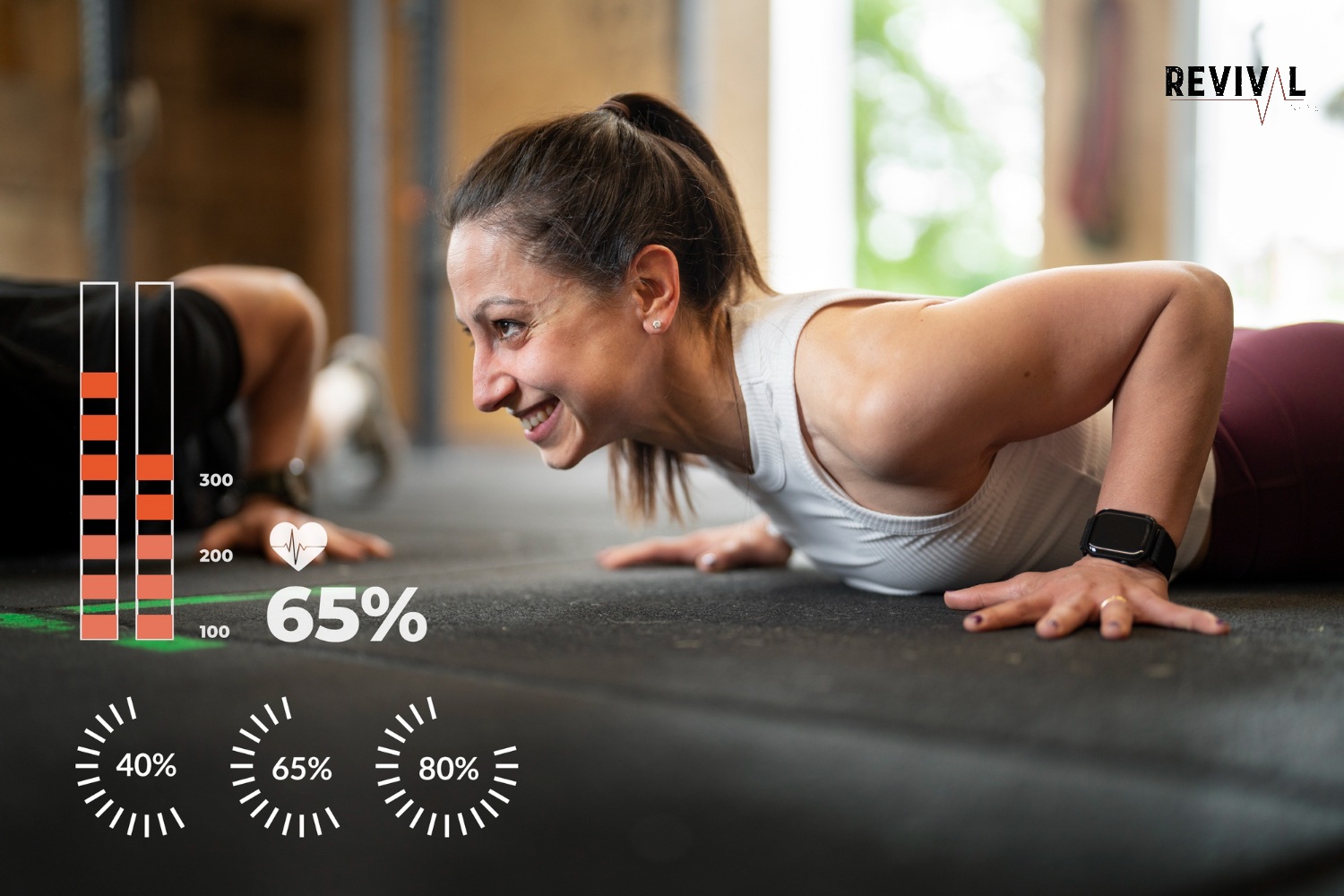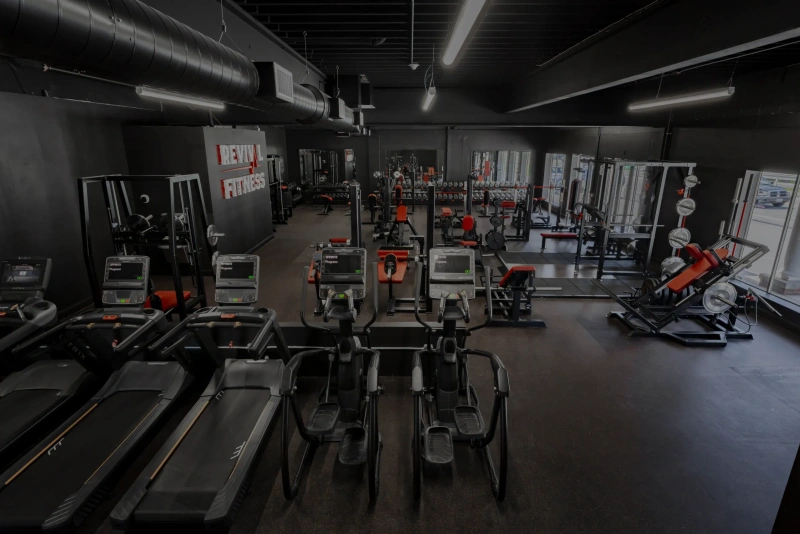If you’ve been working out, eating better, and living healthier—but the number on the scale hasn’t budged—you might feel frustrated. But here’s the truth: the scale doesn’t show the full picture of your progress.
Real change often happens long before you see it reflected in your weight. That’s why it’s important to learn how to measure fitness progress using more meaningful metrics that reflect strength, performance, energy, and body composition.
Why the Scale Isn’t Enough
1. It Doesn’t Differentiate Between Fat and Muscle
If you’re building muscle while losing fat, your body is changing—but your weight may stay the same. Since muscle is denser than fat, your shape and size can improve even if the scale is unchanged.
Weight Loss vs. Fat Loss — What’s the Difference?
2. Daily Fluctuations Are Normal
Water retention, hormones, stress, sodium intake, and digestion can all affect the scale. A few pounds of “gain” overnight often has nothing to do with fat.
3. It Can Affect Motivation
Focusing only on weight can cause unnecessary stress or disappointment, even when you’re making excellent progress in other areas.
Better Ways to Measure Fitness Progress
1. Strength and Performance Gains
Track improvements in your workouts. Are you:
- Lifting heavier weights?
- Doing more reps or sets?
- Improving endurance or cardio performance?
- Moving with better form and control?
These are clear signs that your body is getting stronger and more capable.
2. Body Measurements
Use a soft tape measure to track key areas monthly:
- Waist
- Hips
- Chest
- Arms
- Thighs
Inches lost or gained can show fat loss or muscle development more accurately than a scale.
3. Progress Photos
Take pictures from the front, side, and back under consistent lighting and clothing every 4–6 weeks. Visual changes in your shape and posture can reveal far more than a number.
4. Clothing Fit
Feeling more comfortable in your clothes—or fitting into something you haven’t worn in months—is a major non-scale win.
Other Meaningful Signs of Progress
5. Energy and Mood
Regular exercise improves energy levels, sleep, focus, and mental clarity. Notice how you feel day to day—not just how you look.
6. Consistency and Habit Building
Are you showing up to the gym more regularly? Meal prepping? Making healthier choices with less effort? These are signs your lifestyle is improving.
How to Stay Consistent With Your Workouts
7. Improved Mobility and Pain Reduction
Better movement, less joint stiffness, and reduced aches are all signs your training is working—even if they don’t show on the scale.
How to Track Progress Without Obsessing
- Pick 2–3 tracking methods that matter to you most
- Assess every 4–6 weeks, not daily
- Log workouts and notes in a journal or app
- Avoid over-analyzing fluctuations—focus on trends over time
Tracking should be empowering, not stressful.
How Revival Fitness Helps You Track What Really Matters
At Revival Fitness, we help clients track a variety of performance and lifestyle metrics—not just weight. Our team uses:
- Strength and mobility assessments
- Progress photos (optional)
- Body measurements
- Personal training logs
- Nutrition support aligned with fitness goals
You’ll receive regular feedback and adjustments to make sure you’re moving forward—even if the scale doesn’t say so.
Success Is More Than a Number
Real transformation isn’t about one metric. It’s about how you feel, how you function, and the habits you build over time. Measuring progress in diverse ways helps you stay motivated and appreciate all that your body is achieving.
Contact us to learn more about our personalized programs and how we help you track what really matters.
Weight Loss vs. Fat Loss — What’s the Difference?




